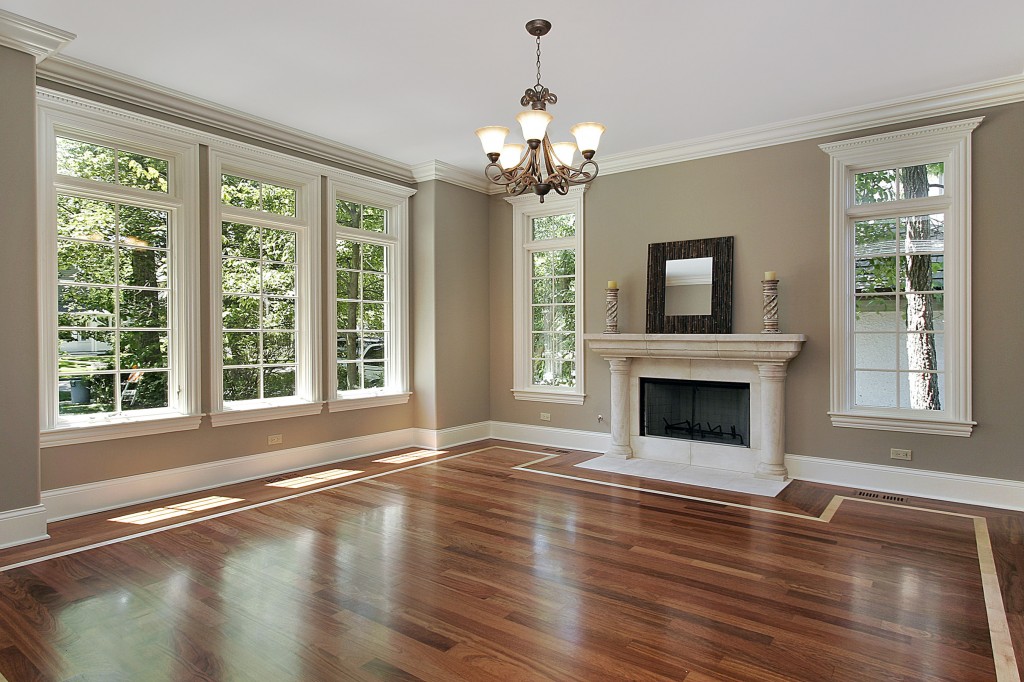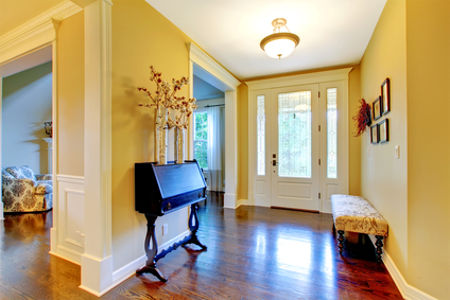High-Quality Lakewood Interior Painting to Enhance the Beauty of Your Space
Wiki Article
Enhance Your Inside Style With Comprehensive Shade Examination
The integration of color consultation into interior layout provides a special possibility to refine and boost the emotional and visual resonance of a space. By engaging with a seasoned shade expert, you can navigate the intricacies of color choice, guaranteeing that your selections not just complement building features however additionally reverberate with personal style and mental influence. This calculated collaboration can dramatically affect the general atmosphere of your environment, promoting a sense of consistency and purpose. Nonetheless, understanding the nuances of this process is necessary-- what crucial facets should be thought about to attain optimal results?Benefits of Shade Consultation

Additionally, shade assessment aids in taking full advantage of natural light and maximizing spatial assumption. Lighter colors can make an area appear more large, while darker shades produce an intimate setting. Cleveland Metro Painting Specialists. This calculated application of shade can significantly affect the general setting of any indoor room
In addition, professional consultants have a thorough understanding of existing trends and classic standards, making certain that the chosen shades will remain attractive over time. This foresight can save clients from expensive redesigns in the future. Lastly, color assessment empowers customers by supplying them with a clear vision and direction, cultivating confidence in their design selections and inevitably causing a more gratifying and successful interior style result.
Understanding Shade Psychology
The significance of shade psychology in interior decoration can not be overemphasized, as it dives right into the psychological and psychological results that different shades can evoke in people. Colors can influence mood, habits, and even performance, making them an important factor to consider in any kind of layout task.For example, warm colors such as red, orange, and yellow are commonly related to power and warmth. They can promote feelings of enjoyment and convenience, making them ideal for social rooms like living kitchen areas or rooms. On the other hand, great colors like blue, eco-friendly, and purple often tend to stimulate calmness and tranquility, making them ideal for bed rooms or meditation areas.
In addition, making use of neutral tones can produce a well balanced atmosphere by enabling the bolder shades to stand apart without overwhelming the detects. Comprehending these emotional effects enables designers to develop areas that not just look aesthetically pleasing but also promote psychological well-being.
Incorporating shade psychology into interior decoration involves a thoughtful choice of tones tailored to the intended feature of each space, inevitably improving the general experience for its owners. This awareness is vital for accomplishing a harmonious and functional indoor atmosphere.
The Color Wheel Described
It consists of main colors-- red, blue, and yellow-- that can not be created by blending various other colors. Tertiary colors result from blending a key and an additional color, leading to colors such as blue and red-orange.The shade wheel helps designers realize the connections between colors, including corresponding, comparable, and triadic plans. Complementary shades, positioned contrary each various other on the wheel, produce vibrant contrasts that can invigorate an area. Analogous colors, located alongside each other, provide a harmonious and natural look. Triadic schemes make use of three equally spaced colors, offering equilibrium and visual passion.
Utilizing the shade wheel in interior decoration not just boosts visual charm however additionally evokes particular feelings and environments, making it a crucial recommendation for shade assessment. Comprehending these connections ultimately empowers developers to develop areas that are both practical and visually captivating.
Choosing the Right Combination
Usually, picking the ideal scheme is a crucial factor in accomplishing an effective interior decoration job. An appropriate color pattern can merge a room, boost its attributes, and evoke desired feelings. To start, take into consideration the purpose of the space. Various spaces serve varied functions and need palettes that mirror their designated usage; as an example, tranquil colors such as soft blues or environment-friendlies work well in bedrooms, promoting relaxation.Light can significantly modify how colors show up, so it is essential to examine the room at various times of the day. An unified palette ought to match these functions, developing a cohesive look throughout the space.
When selecting colors, use the 60-30-10 policy, which suggests that 60% of the space should be a dominant color, 30% an additional color, and 10% an accent color. This ratio ensures equilibrium and visual rate of interest (Cleveland Metro Painting Specialists). Lastly, example shades on the wall surfaces prior to committing, as this allows you to see just how the colors connect with one an additional and the overall ambiance they produce in your indoor layout task.
Dealing With a Shade Professional

When dealing with a shade expert, the process typically starts with a first assessment. During this conference, you'll review your vision, preferences, and the existing aspects in your room. The consultant will certainly analyze your requirements and might advise particular shade palettes that line up with your goals.
After establishing a direction, the professional will certainly give examples and aesthetic aids to assist you envision the proposed shade schemes. This step is essential, as colors can show up in different ways under varying lights conditions.
In addition, a color professional can guide you in picking complementary furnishings, art work, and devices to balance with your chosen scheme. By teaming up very closely, you can achieve a polished visual that boosts your insides and produces an inviting ambience. Eventually, the know-how of a shade professional can substantially improve the overall effect of your layout job.
Final Thought
In recap, detailed shade consultation offers as an essential device for enhancing indoor layout. By leveraging expert expertise of shade psychology and spatial dynamics, a customized color palette can be developed to stimulate particular emotions and produce an unified setting.By involving with a seasoned shade specialist, you Cleveland Metro Painting Specialists can navigate the intricacies of shade selection, making sure that your selections not only complement building attributes but also reverberate with individual design and mental impact. It makes up primary shades-- red, blue, and yellow-- that can not be produced by mixing various other shades.The shade wheel helps designers realize the relationships in between shades, including complementary, comparable, and triadic schemes.When choosing colors, make use of the 60-30-10 guideline, which suggests that 60% of the room need to be a leading color, 30% a second shade, and 10% an accent shade. By leveraging professional expertise of shade psychology and spatial dynamics, a tailored color scheme can be developed to stimulate particular feelings and create a harmonious environment.
Report this wiki page